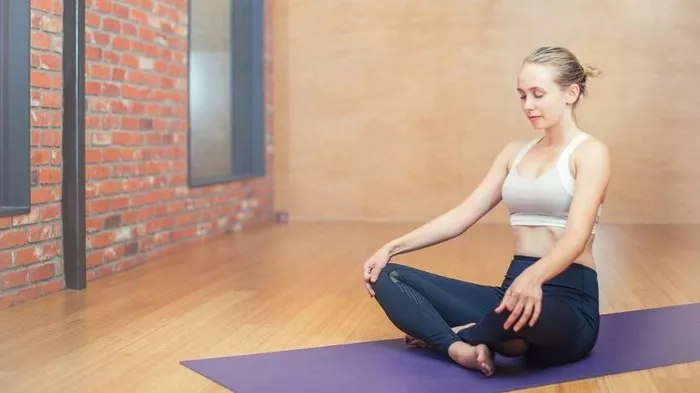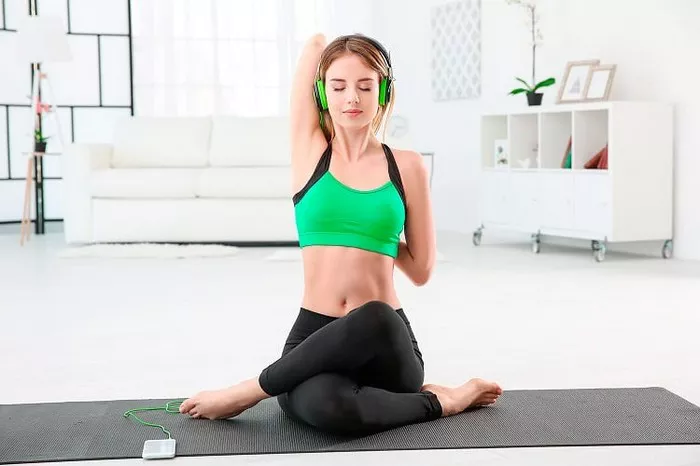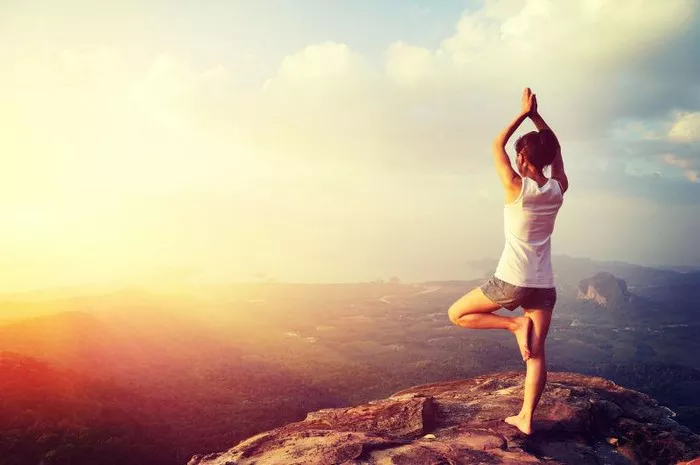Pranayama, a fundamental aspect of Hatha Yoga, comprises various breathing techniques aimed at regulating the flow of prana (life force energy) within the body. These techniques are crucial for enhancing physical and mental well-being, as well as spiritual development. In the practice of Pranayama, the breath is controlled, extended, and manipulated to achieve specific physiological and psychological effects. Here are eight essential types of Pranayama in Hatha Yoga:
1. Ujjayi Pranayama
Ujjayi Pranayama, often referred to as “the victorious breath,” involves constricting the throat slightly to create a subtle hissing sound during both inhalation and exhalation. This technique helps to build internal heat and concentration. It is commonly used in Ashtanga and Vinyasa Yoga practices to synchronize breath with movement and to enhance mental focus.
2. Nadi Shodhana Pranayama (Alternate Nostril Breathing)
Nadi Shodhana Pranayama is a balancing breath that involves alternating between the nostrils during inhalation and exhalation. This technique aims to purify the energy channels (nadis) in the body and bring balance to the left and right hemispheres of the brain. Nadi Shodhana is known for its calming and centering effects on the mind, making it an excellent practice for stress reduction and mental clarity.
3. Kapalabhati Pranayama (Skull Shining Breath)
Kapalabhati Pranayama is a dynamic breathing technique that involves rapid and forceful exhalations followed by passive inhalations. This practice helps to cleanse the respiratory system, increase lung capacity, and invigorate the body. Kapalabhati is often used as a preparatory practice for meditation, as it helps to clear the mind of distractions and energize the body.
4. Bhastrika Pranayama (Bellows Breath)
Bhastrika Pranayama is a powerful breathing technique characterized by rapid and forceful inhalations and exhalations through the nose. This practice generates heat in the body and increases oxygen supply to the tissues, making it an excellent energizing and revitalizing exercise. Bhastrika Pranayama is often practiced in conjunction with other yoga techniques to enhance their effects and deepen the state of meditation.
5. Sitali Pranayama (Cooling Breath)
Sitali Pranayama involves inhaling air through a rolled tongue or pursed lips to create a cooling sensation in the body. This breath is known for its ability to reduce body temperature, calm the mind, and alleviate stress and anxiety. Sitali Pranayama is especially beneficial during hot weather or when experiencing internal heat and inflammation.
6. Sitkari Pranayama (Hissing Breath)
Sitkari Pranayama is similar to Sitali Pranayama but involves inhaling through the teeth with closed lips, creating a hissing sound. This technique also has a cooling effect on the body and helps to regulate body temperature. Sitkari Pranayama is known for its ability to calm the mind, reduce anger and frustration, and improve overall mental well-being.
7. Bhramari Pranayama (Bee Breath)
Bhramari Pranayama involves producing a humming sound during exhalation by constricting the throat and partially closing the glottis. This practice helps to calm the mind, reduce anxiety, and induce a meditative state. Bhramari Pranayama is often used as a preparation for meditation or to alleviate stress and tension during times of emotional upheaval.
8. Sheetali Pranayama (Cooling Breath)
Sheetali Pranayama is another cooling breath technique that involves inhaling air through the rolled tongue or pursed lips, but with the addition of a hissing sound produced at the back of the throat. This practice cools the body, calms the mind, and reduces stress and agitation. Sheetali Pranayama is beneficial for regulating body temperature and promoting relaxation, particularly during periods of intense heat or emotional distress.
Conclusion
Incorporating these eight types of Pranayama into a regular yoga practice can have profound effects on physical, mental, and emotional well-being. Whether used individually or in combination, these breathing techniques offer a powerful means of cultivating inner balance, vitality, and peace. As with any yoga practice, it is essential to approach Pranayama with mindfulness, patience, and respect for one’s own body and limitations. With consistent practice and guidance from a qualified instructor, the transformative potential of Pranayama can be fully realized, leading to greater harmony and integration of body, mind, and spirit.




















